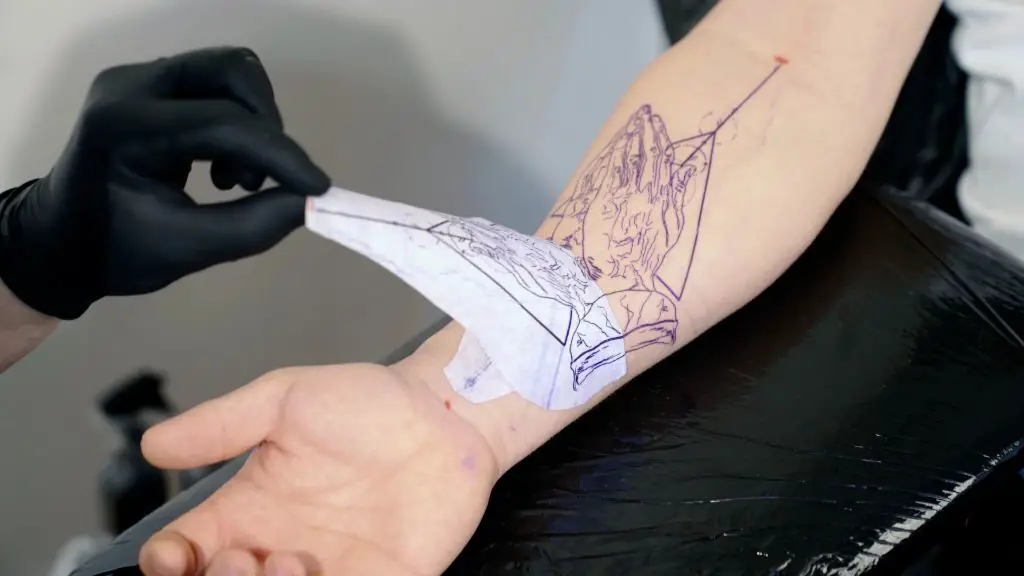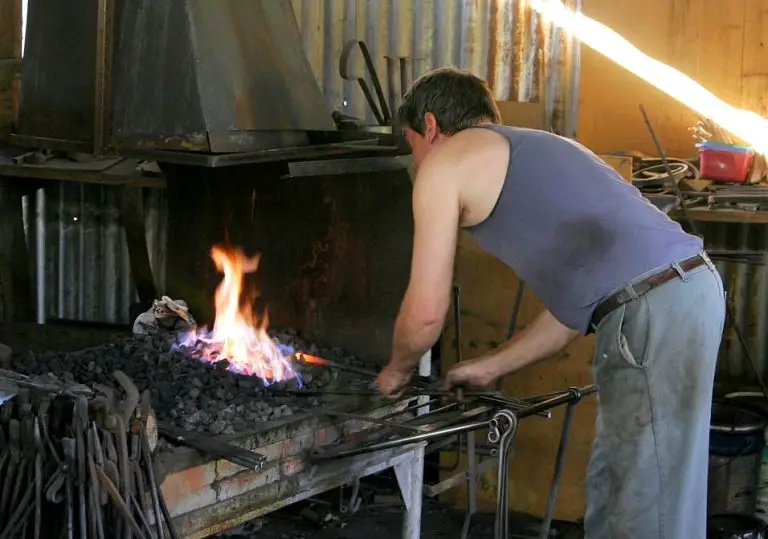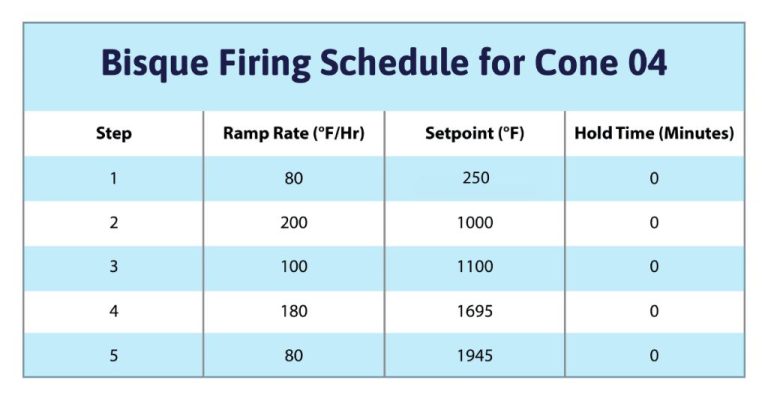How Do You Get Tattoo Transfer Paper To Stick?
What is Tattoo Transfer Paper?
Tattoo transfer paper, also called stencil paper, is a special type of paper used to transfer a design onto someone’s skin before tattooing. It allows the tattoo artist to create a temporary stencil of the tattoo design that will act as a guide while permanently tattooing the outline onto the skin.
The transfer paper is coated with a layer of pigment or carbon on one side. The design is drawn onto this coated side, either by hand or with a tattoo machine. When the paper is placed against the skin with the design facing down, the pressure and moisture cause the pigment or carbon to transfer onto the skin, creating a replica of the design.
There are two main types of tattoo transfer paper:
- Thermal paper – Requires heat from a thermal copier to transfer the design. Allows for precise, intricate designs.
- Carbon paper – The design transfers through pressure alone. Better for text or simpler designs.
The transfer paper provides a hygienic alternative to freehand tattooing and allows the design to be perfected before it becomes permanent (according to https://tattooing101.com/learn/tattoo-equipment/stencil-paper/). The artist traces over the temporary stencil with tattoo ink to create the permanent tattoo.
Preparing Your Skin
Properly preparing the skin is an essential first step before applying a tattoo transfer. The skin needs to be clean and free of any lotions, oils or debris that could prevent the transfer from adhering properly. The standard recommendation is to wash the skin with an antibacterial soap and warm water (Source 1).
After washing, you’ll want to shave the area if needed, using a new razor blade to get a close shave without irritation. Shaving should be done at least 24 hours prior to applying the transfer. This allows any razor bumps or irritation to go away. It’s also a good idea to avoid applying lotion after shaving, as lotions can interfere with transfer adhesion (Source 2).
Some artists recommend gently exfoliating after cleansing to remove any dead skin. You can use a loofah or mild scrub but avoid anything too abrasive. The skin should be smooth and free of flakes or dry patches before applying the tattoo transfer.
When the skin is clean and prepped, you are ready for the transfer application. Avoid applying any lotions, creams or oils afterward, as these can prevent the transfer from sticking properly.
Preparing the Transfer Paper
The first step in preparing tattoo transfer paper is to cut it to the desired size for your stencil. Transfer paper often comes in 8.5 x 11 inch sheets, so you’ll need to cut it down to fit the area you want to tattoo. Use sharp scissors or a craft knife to cleanly cut the transfer paper.

Next, you need to prepare the transfer medium. There are two main types of tattoo transfer mediums – thermal paper that requires a thermal printer, and carbon-based paper that requires applying the medium by hand. For thermal paper, print your design right onto the coated side. The heat from the printer will activate the thermal coating and imprint the image.
For carbon-based transfer paper, you’ll need to spread a thin layer of the included transfer medium solution over the entire surface you want to tattoo. Use a cosmetic sponge or paper towel to evenly apply the medium across the paper. Let this dry fully before attempting to draw your design. The carbon in the medium will grab onto the pencil lead and imprint the stencil.
Proper application of the transfer medium is key to getting a clean, defined stencil. Avoid using too much medium or else the stencil lines will bleed. Carefully follow the instructions for your specific tattoo transfer product.
Applying the Transfer
Once the transfer paper is fully prepared, it’s time to apply it to the skin. First, carefully remove the backing from the transfer paper. Be gentle as you peel it away so as not to disturb the ink on the front.
After removing the backing, place the transfer paper ink-side down on the prepared area of skin where you want the tattoo. Use your fingers to gently but firmly smooth down the paper, pressing it onto the skin. Make sure there are no air bubbles or wrinkles. Apply even pressure across the entire surface of the transfer paper to get good adhesion.
Let the transfer paper sit on the skin for 30 seconds to a minute before slowly peeling it away. The ink design should stay behind on the skin. If there are any missing spots, you can reapply the transfer paper and press again. Be careful not to smudge the design.
Once the paper is removed, the outline of the tattoo design should be clearly visible and ready for tattooing. Always check the transferred outline and make any necessary tweaks with a marker before starting the tattoo.
If the transfer didn’t stick properly or parts are missing, review the preparation steps and try again with a new transfer. Applying with firm, even pressure is key for good ink transfer.
Letting it Dry
After applying the transfer paper, it’s important to let the tattoo design dry completely before proceeding. This ensures the ink adheres firmly to the skin and prevents smudging when removing the paper. The recommended drying time is 20-30 minutes.
As you wait for the tattoo transfer to dry, avoid touching or bumping the applied area. Any friction can cause the design to smear or fade before it sets. It’s best to sit or lie completely still during the drying period. You may want to use this time to set up your tattooing supplies.
Test if the transfer is dry by gently touching a corner of the paper. If no ink comes off on your finger, it should be good to continue. Be patient and allow enough drying time for best results. Rushing this step risks ruining your stencil and having to reapply the transfer.
If properly dried, the tattoo design will remain intact as you remove the paper. Then you can proceed with confidence to permanently ink the stencil onto the skin.
Removing the Transfer Paper
After letting the transfer paper dry completely, the next step is peeling it off to reveal the purple outline of your tattoo design on your skin. There are a few techniques and tips for removing the paper:
Peel the paper off slowly and carefully, rather than ripping it off quickly. Take your time removing it at a 45 degree angle against the skin. If you peel too fast, you risk pulling off some of the ink outline left on your skin. Go slow and steady.
If the paper is sticking firmly and seems hard to peel off, try dampening it with some water or rubbing alcohol. You just need to barely moisten it – too much liquid will cause the ink to run. The moisture helps lubricate the paper so it comes off easier. Similarly, you can use a small amount of coconut oil or olive oil to help the paper slide off the skin more smoothly.
Focus on peeling the paper off in small sections rather than all at once. Gently lift up the corner or edge of the paper, peel it off a few inches, then stop and reapply pressure before peeling more. This prevents large sections lifting off and pulling your transferred outline.
Take extra care on bony protrusions like ankles, wrists, elbows and knees. The skin here sticks more tightly to the bone, so the paper tends to cling and you risk removing ink. Peel slowly and gently.
As you get the last bits of paper off, wet a cotton swab in water or oil and run it over the outline if any small scraps remain. This will lift off any stubborn pieces.
Once all the paper is removed, you should see a vivid purple tattoo outline of your design ready for the artist to trace with their needle.
Completing the Tattoo
After the outline has been tattooed using the transfer paper, it’s time to complete the tattoo by filling in the stencil. The artist will use the tattoo machine to add shading, color, and details to the design.
Proper aftercare is critical for healing a new tattoo. According to Healthline, the tattoo should be gently washed with warm water and fragrance-free soap, then patted dry with a clean towel. An antibiotic ointment like Aquaphor or A&D should be applied to keep the tattoo moist as it heals. This aftercare routine should continue for 5-7 days until the tattoo has fully scabbed over. After this point, Healthline recommends switching to fragrance-free moisturizer to hydrate the healing skin.
It’s important not to soak the tattoo or scrub at it during the healing process, as this can disrupt scabbing and lead to loss of pigment. The skin may feel tight, flaky, or itchy as it heals, but scratching or picking at scabs should be avoided. With proper aftercare and gently washing, the tattoo should fully heal in 2-3 weeks.
Troubleshooting
If you have issues with your tattoo transfer not sticking or transferring properly, there are a few common problems and solutions to try:
Transfer Not Sticking
If the transfer paper isn’t adhering to the skin, first make sure the area is properly cleaned and shaved. Oils and hair can prevent the transfer from sticking. Wipe the skin with an alcohol pad or witch hazel before applying the transfer [1].
Check that you are removing the back plastic sheet before pressing the transfer to the skin. Make sure you are applying firm pressure for at least 10 seconds to allow the transfer to adhere.
If using thermal paper, check that the paper passed through the copier. Test the toner by rubbing it to ensure it has adhered to the paper.
Faded Lines
Faded or missing lines are typically caused by not enough pressure when applying the transfer. Press down very firmly for at least 10-15 seconds over the entire transfer area. Going over it with a damp paper towel can also help darken the lines.
Make sure to peel the transfer paper away slowly at a low angle. Peeling too quickly can lift the design off the skin.
Patchy Application
If the transfer is patchy, with some areas adhering well and others not at all, the skin surface may be uneven. Be sure to prep the skin properly and consider shaving the area if needed for an even surface.
Applying a thin layer of deodorant or moisturizer before the transfer can help fill in uneven textures for a more uniform transfer.
Tips for Success
Properly storing and handling the transfer paper is crucial for getting it to stick well to the skin. Here are some tips for success when using tattoo transfer paper:
Store unused transfer paper flat in a sealed bag or plastic container, as exposure to air can dry it out over time. Letting it become too dry will make it harder to transfer the design.
When applying the transfer, use very firm pressure and rub thoroughly to ensure maximum adhesion to the skin. Don’t be afraid to press hard, especially over curved areas.
Pay extra attention when transferring onto difficult parts of the body, like hands, feet and joints. Go slowly and apply steady pressure when rubbing these areas. You may need an extra set of hands from your client or a friend to hold skin taut.
If the transfer is not sticking well, try dampening the skin slightly first. This can help the paper adhere better than on totally dry skin. Be careful not to over-wet the area or the ink can bleed.
When in doubt, do a test transfer first on a small area of skin before attempting large or intricate designs. Check the adhesion and make any needed adjustments to your technique.
Alternative Transfer Methods
While tattoo transfer paper is a convenient and effective option for getting a design onto skin, there are other techniques tattoo artists use as well:
Freehand
Some highly skilled tattoo artists are able to tattoo freehand directly onto the skin without using any transfer method. This takes years of practice and a very steady hand. Freehand tattooing allows an artist to be flexible and make adjustments as they work.Source
Stencils
Stencils made from acetate or thermal paper can be used to transfer a design. The tattoo artist cuts the design into the stencil material, places it on the skin, and rubs over it with ink or stencil solution to imprint the outline. Stencils allow for consistency across multiple tattoos of the same design.Source
Thermal Printing
Some artists use special thermal printers to print tattoo designs directly onto thermal paper. This allows transferring very precise, intricate designs. The thermal paper is placed on the skin and stamped with transfer solution or ink. Thermal printing combines technology with the artistic process.Source





